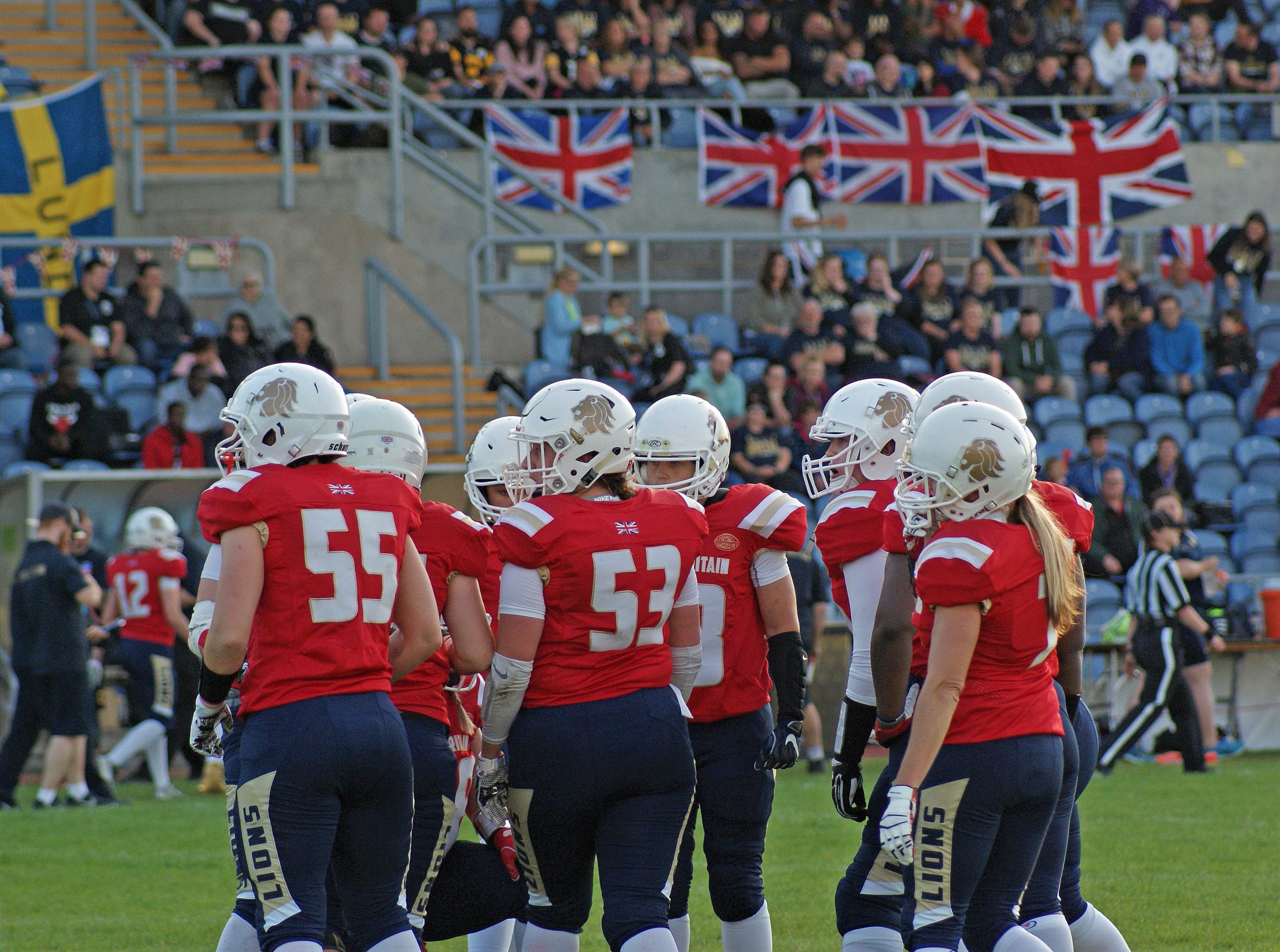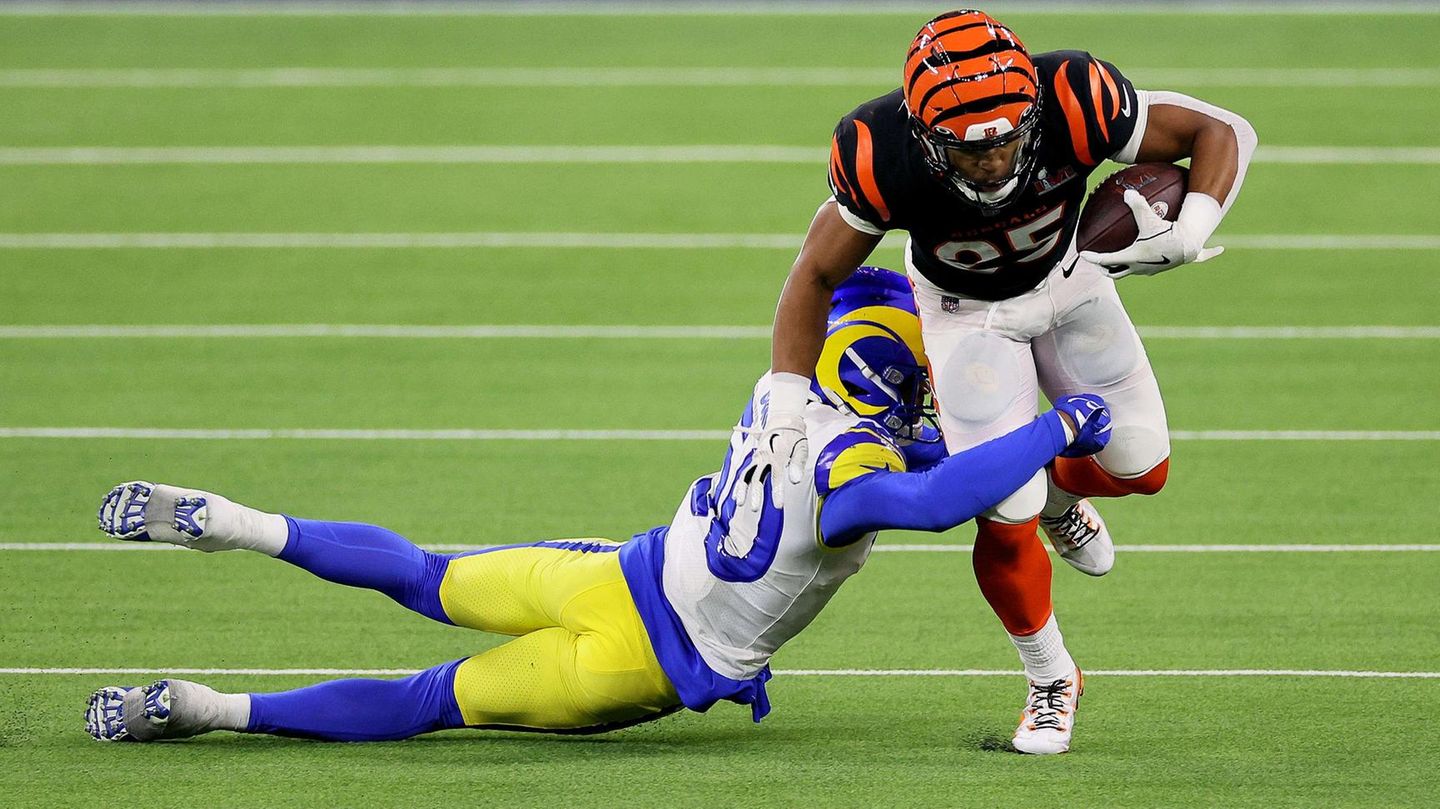
Content
Guideline 4 Video Game Timing - What channel is the Clemson game on
Background Of American Football & Exactly How It Began
Football is one of the most interesting as well as electrical sporting activities presently being played by athletes. It's been a long road to reach where we are today. Football has actually taken over the United States as one of the mainstream sports. It initially began as a video game of rugby and soccer integrated. It has considering that advanced and continues to grow. In this short article, we will certainly break down the background of Football and also just how it's evolved over the years.
Early Days In American Football
The track record and also background of football have actually constantly been known as a ground and pound sport. Nevertheless, over the decades, it's gradually beginning to come to be a skill video game on crime rather than the old-school ground and pound style of gameplay-- with the most recent advancement on infraction taking place in the past two decades. Just how did we reach this factor of spread offenses and also quick/speed gamers as opposed to the big-on-big design of play? Allow's look at the oldest piece of footage that we could dig up.
Offensive Innovation Timeline
It wasn't until 1906 that the forward pass was legalized. Dan Riley captured the initial conclusion (tossed by George Parratt). This unlocked for the crime, compeling defenses to cover all 53.3 backyards of the area. This permitted offenses to relocate from a typical limited formation to have 1-2 receivers split wide to take full advantage of area as well as big-play possibilities. Between 1909-1912, the guidelines committee altered a few racking up plays. Goals were transformed from 5 indicate 6. Basket were likewise altered from at first 4 points to 3.
- Obviously, the outdoor area really did not fit inside, so rather they reduced the field down to 80-yards long by 45-yards broad.
- Whether any part of the ball damaged the aircraft of the objective line while in player belongings and before the round need to have been proclaimed dead.
- A personal foul after a fair-catch signal is enforced from the place of the nasty.
- Any type of number of substitutes may get in the area of play or completion zone while the ball is dead.
- Once a testimonial is launched, all reviewable elements of a play may be examined and undergo transform, even if not the particular reason for the obstacle.
- The yardage distance for any kind of penalty may be declined, even though the penalty is accepted.

Flash forward to February 25, 1933-- The forward pass is legalized from anywhere behind the line of scrimmage. We're now seeing lateral passes, swing passes, "now" routes, and plays developed to obtain professional athletes in space quickly. 1938-- Roughing the Passer was instilled. Quarterbacks are currently shielded after they toss the football. The rules board recognizes how useful the setting is and also equally agrees that the QB can not be touched after he throws. 1943-- Sammy Baugh led the organization in passing, interceptions, as well as punting. 1947-- Adding an additional official, The Back Court-- This might not appear like a significant rule adjustment. However, the area was now bordered by referees. Each umpire now had a details area they would certainly view, allowing them to focus on and also narrow their fine sight.
Defensive Fines - What channel is the Clemson football game on
1950-- Limitless replacements utilized to be just three men at a time. Groups are currently making use of personnel sets based upon down and range. The goal line and short-yardage ground and also pound begin to form as groups can now be a lot more creative with exactly how they script their tactical plan. January 18, 1950-- No Tackle Guard or Center is eligible to capture a pass. This guideline appears a bit late as the round has been sent out through the air for nearly 20 years considering that this rule was set in area. Five eligibles are uncompromising, and gamers are now assigned by dimension, strength, and also speed. 1952-- The Pittsburg Steelers are the last group to desert the single-wing violation. Rather (like every other team in the organization at the time), they adopt the "T" formation. 1955-- Regulation change which notes a player is down if touched by a defender and also any part of his body (omitting hands are feet) struck the ground. This assisted make clear when the ball was dead.

1972-- Hash marks were relocated originally from 15 yards from the sideline to 23.1 lawns from the sideline. Out of all the rules modifications on the listing, this is one of the more important modifications. For referral, high school inbounds marker are 17.8 backyards from the sideline. When the sphere is run out of bounds, the ball is positioned on the hash. This gives the offense 35.6 lawns of field to run plays to the field or open side (with only 17.8 lawns to the limit or the shut side of the area). The 35.6 backyards allow the violation to have here more area to run/pass to the open side of the area. However, as discussed, in 1972, the inbounds marker were transferred to 23.1 backyards. This meant the game is played a lot more in the middle of the area (the center point of the field from the sideline is 26.65 backyards). It compels the defense to cover all 53.3 yards of the area. Offenses like the West Shore Crime were born, which were able to subject teams flat. This transformed the history of football (in the NFL) as we know it!
Presenting Pass Receiver
1974-- Contact with Qualified Receivers restricted-- Players were now limited from ramming eligible receivers as they ran routes downfield. This opened up the vertical pass video game as receivers concentrated more on stretching the field instead of dodging defensive backs. 1978-- 5 lawn get in touch with regulation for edges. Enter Mel Blount. 6'3 205 pounds and one of the most physical corners the NFL has seen. Mel was notorious for packing receivers at the line of scrimmage and ensuring they ended up on the ground every play. Mel's design of play contributed in aiding transform the NFL as we see it today.